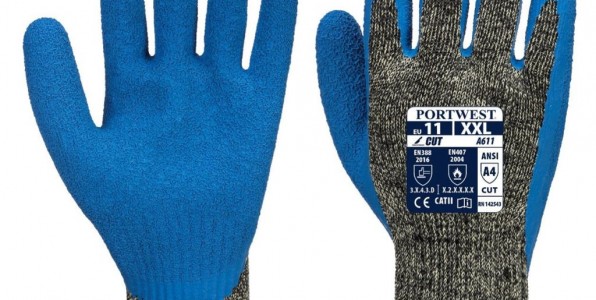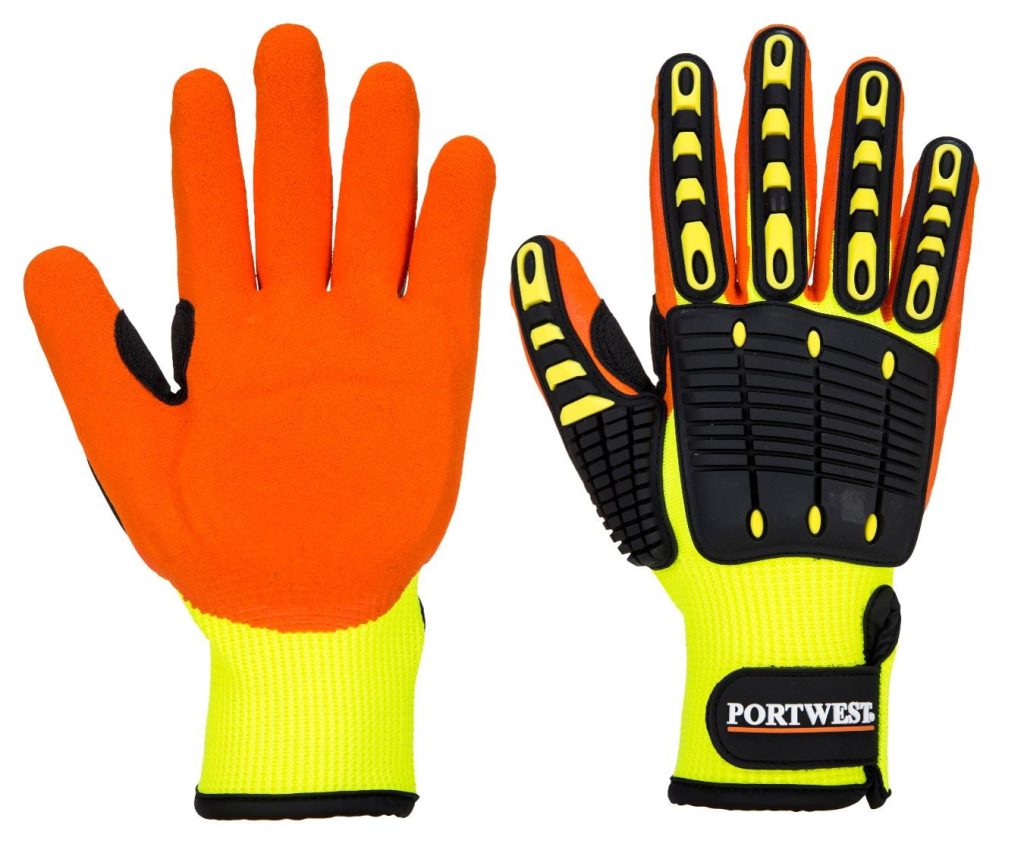A Guide To Hand Protection PPE

A Guide To Hand Protection PPE
Personal protective equipment comes in many forms, from steel-toed boots to hard hats. Each is designed to keep us safe on the job. And there have been many innovations to maximise the effectiveness of PPE. The broad and versatile selection of hand protection on the market perfectly demonstrates this.
Whether you are handling chemicals or power tools, there are protective gloves to make your job safer and prevent injuries. Below, we explore a selection of the fantastic hand protection available today and the clever innovations behind them. Here are the top types of PPE gloves, how they work, and when you should use them.
Chemical Protection Gloves
Chemical protection gloves, as the name suggests, protect against harmful chemicals. Chemical protection gloves range from single-use latex gloves to heavy-duty protective gauntlets. They’re also available in a selection of materials. The best material will vary depending on the chemical you are handling. You may also need to consider other factors. For example, if you’re handling abrasive materials, neoprene or butyl gloves may be a suitable option.
Cold Protection Gloves
working in cold weather, walk-in freezers or other cold environments without the proper PPE can be risky. Without appropriate cold protection, you could suffer frostnip or frostbite. Your hands are particularly susceptible since vasoconstriction reduces blood flow to your extremities. Furthermore, cold hands limit mobility which could result in accidents. Cold protection gloves use several layers (typically including thermal latex or acrylic) to provide the required protection whilst maintaining dexterity. Choose cold protection gloves with added grip for cold and wet working conditions.
Anti Impact Gloves
Unprotected impacts on your hands can lead to several serious injuries, including broken bones and damage to muscles, ligaments, and tendons. Anti-impact gloves reduce the risk of injuries using thermoplastic rubber (TPR). The TPR absorbs and disperses the energy from an impact, reducing the impact energy on your hands. Though initially used in the oil industry, anti-impact gloves have been adopted across many industries and sectors, such as construction, mining and manufacturing.
Anti-Vibration Gloves
Following on from anti-impact gloves, which protect against occupational impact hazards, anti-vibration gloves were created to extend the protection to include shock absorption. Anti-vibration gloves dampen the vibrations from power tools by using protective barriers such as resilient gel, foam, or air pockets. Regular exposure to hand-arm vibration, such as that from power tools, can lead to illnesses such as carpal tunnel syndrome. In addition to specific diseases such as carpal tunnel, it can lead to various conditions collectively called hand-arm vibration syndrome (HAVS). Anti-vibration gloves reduce the risk of HAVS and other hand-arm vibration related illnesses or injuries.
Cut Gloves
Cut proof gloves offer protection against sharp objects and prevent lacerations. Cut-resistant gloves’ yarn is made from strong materials such as para-aramid or high-performance polyethylene (HPPE). Furthermore, materials like glass fibre and steel are engineered into the yarn to achieve hardness – its ability to dull a blade.
Protect Your Workforce With Hand PPE
It is every organisation’s duty to protect its workforce. Supplying appropriate PPE is a fundamental part of this commitment. Thankfully, PPE gloves come in many forms and, therefore can help employees safely complete various tasks in various environments.
PPE hand protection are some of the most important pieces of PPE. Though they are by no means the only essential piece of protective equipment, the variety of hand PPE makes protective gloves applicable in a broad range of settings. They should be utilised at every suitable opportunity, alongside other PPE, to minimise the risks of workplace injuries.


Comments are closed